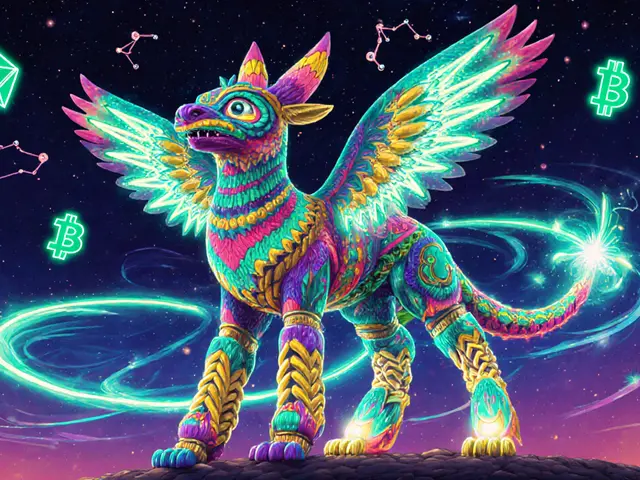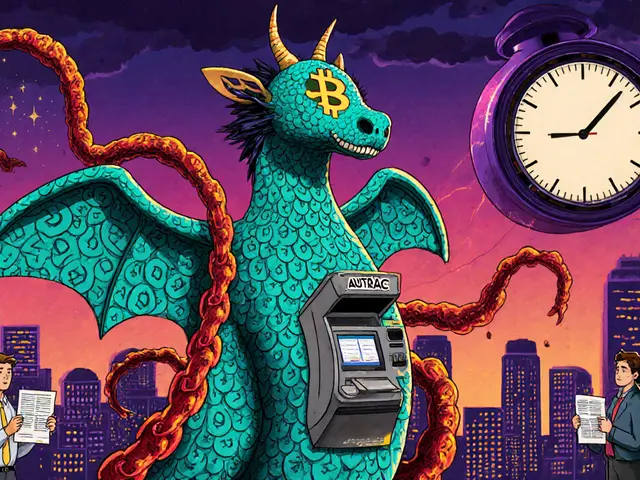Crypto Savings in Argentina
When you live in a country where the peso loses value every month, crypto savings in Argentina, the practice of holding digital assets like Bitcoin or stablecoins to preserve purchasing power. Also known as digital dollarization, it’s not a trend—it’s a survival tool for millions. People aren’t gambling on hype. They’re using crypto to keep their life savings from evaporating before payday.
It’s not just about buying Bitcoin. Many Argentines use stablecoins, crypto tokens pegged to the US dollar, like USDT or USDC, to avoid volatility while still escaping inflation. This lets them store value outside the banking system, send money across borders without fees, and earn interest through decentralized platforms. You’ll find people using crypto wallets, non-custodial apps like Phantom or Trust Wallet that give full control over private keys. Also known as self-custody wallets, they’re the backbone of real crypto savings—no bank can freeze them, no government can seize them. The trick is knowing which platforms are safe and legal. Some local exchanges like Buenbit and Ripio offer crypto savings accounts with small yields, while others turn to global DeFi protocols like Aave or Compound, often through VPNs.
Regulation is messy. Argentina hasn’t banned crypto, but it hasn’t fully embraced it either. The central bank warns against it, taxes are unclear, and some banks block crypto deposits. Still, the demand keeps growing. People trade on peer-to-peer platforms like LocalBitcoins and Paxful, using cash or bank transfers. Others use crypto to pay for imports, send remittances, or even buy groceries with USDT at local stores that accept it. The real winners? Those who understand the difference between speculation and preservation. Saving in crypto isn’t about getting rich overnight. It’s about not losing everything overnight.
What you’ll find below are real reviews and breakdowns of platforms, tools, and strategies used by Argentines right now. Some are exchanges. Some are wallets. Some are dead projects no one should touch. You’ll see what works, what’s risky, and what’s just a scam dressed up like a solution. No fluff. No hype. Just what people are actually using to protect their money in a country where the system keeps failing them.









